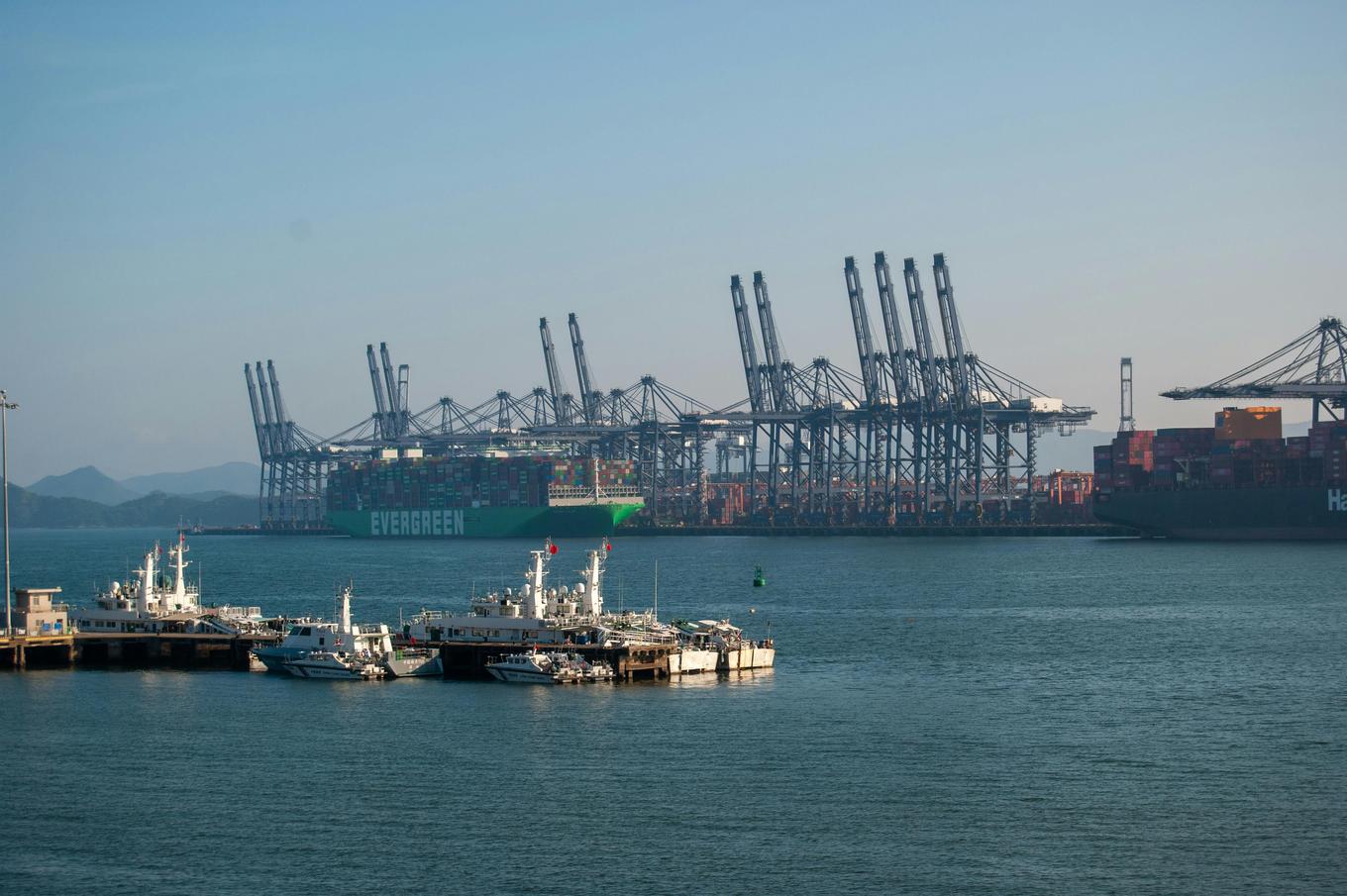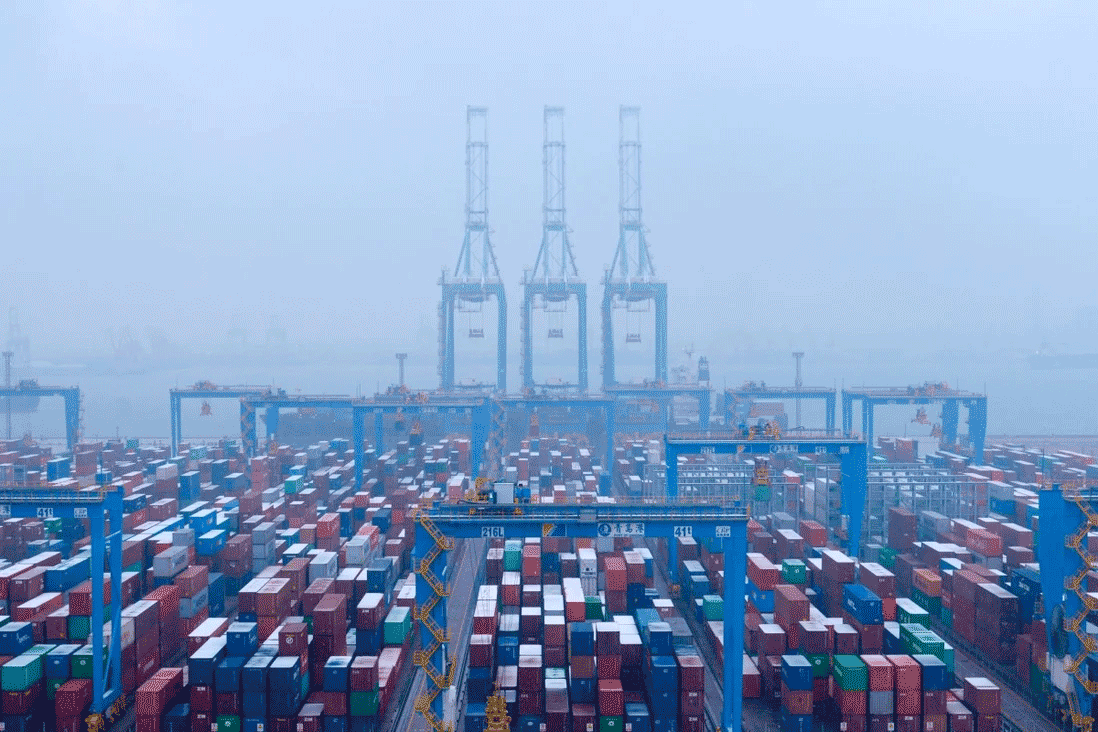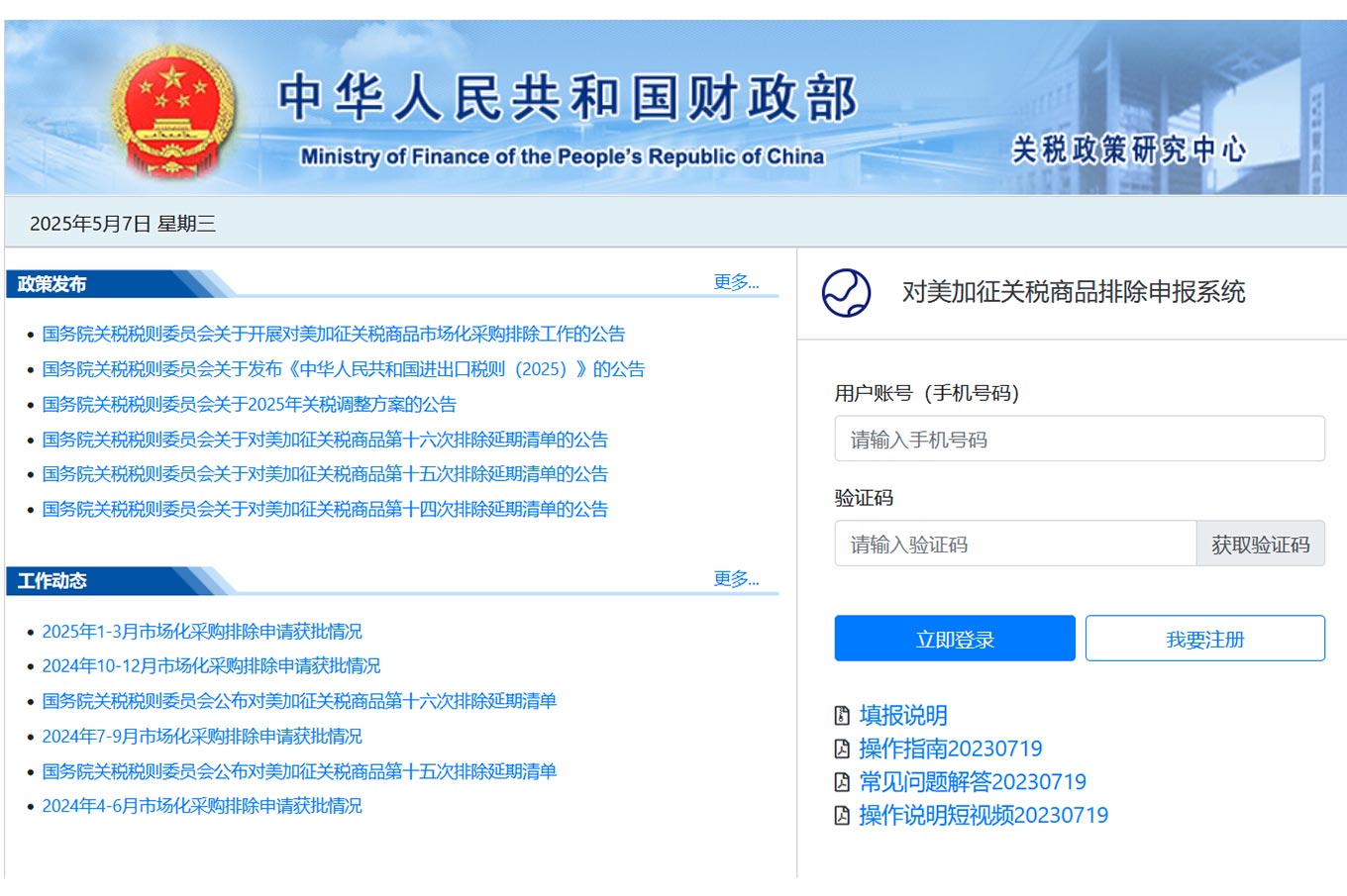- Shanghai Zhongshen International Trade Co., Ltd. - Two decades of trade agency expertise.
- Service Hotline: 139 1787 2118

Unexpected Peak Season: Tariff Countdown Spurs Order Surge
The textile workshop in July should have been a season where fans spin faster than sewing machines, but this year, the assembly lines of home textile enterprises are unusually bustling. American clients seem to have collectively placed additional orders as if by prior agreement, leaving workshop supervisors both delighted and anxious as they look at the production schedule—this phenomenon of "peak season in the off-season" stems from the Damocles' sword hanging over the industry:60% punitive tariff expectations.
As someone who has witnessed multiple trade frictions,foreign tradePeople, I'm all too familiar with this kind of "tariff window period" frenzy. Back in 2018, during the peak of the U.S.-China trade war, some companies turned container terminals into temporary warehouses overnight. Now history is repeating itself, but the difference this time is:Clients no longer harbor wishful thinkingThey clearly understand this tariff will increase progressively, eventually reaching the 60% high.
Sweet troubles: Production capacity ceilings and strategic choices
Behind 24-hour non-stop workshop machines lie two realities that must be faced:
- Short-term production capacitys rigid constraints: Temporary expansion means bearing future overcapacity risks. Smart companies choose to improve efficiency by 15% instead of blindly adding equipment
- Logistics chains extreme pressure: Booking shipping space now is as difficult as grabbing tickets during Spring Festival travel rush. A Zhejiang company had to incorporateMaritime TransportationCycle time into product delivery schedules
What's even more intriguing is the foresight of industry leaders. As early as three years ago, a leading home textile giant had already established a complete "fabric + garment" industrial chain in Vietnam, and this year, their Vietnamese fabric factory has just commenced production.This model of "Chinese design + Southeast Asian manufacturing"is becoming the golden combination for tariff avoidance.
The game logic behind tariff figures
Currently, U.S. tariffs on Chinese home textile products fluctuate between 7.5%-25%, but the real threat comes from the potential 60% that may be gradually implemented. This number isnt arbitrary:
- 25% is the conventional weapon under Section 301
- plus 10% countervailing duties
- with an additional 25% anti-circumvention duties
Some clients privately revealedMajor importers are implementing a "step-by-step stockpiling" strategy.: completing a round of procurement before each tariff increase. This explains why orders dont surge all at once but show wave-like growth.
Cold reflection after the狂歡: three survival rules
Looking at the mountains of grey cloth in the workshop, I recall those peers who collapsed due to over-expansion in 2019. We must seize this opportunity, but do so wisely:
Rule 1: Turn temporary orders into long-term clients
Take advantage of clients urgent need for supply by proactively offering product upgrade solutions. One company successfully converted one-time orders into annual agreements by including matching suggestion cards in packaging.
Rule 2: Build a flexible supply chain
Form alliances with 3-5 small and medium-sized processing plants to avoid heavy asset pressure from building your own factories while maintaining rapid response to order fluctuations. Remember: todays partners may be tomorrows lifeline.
Rule 3: Tariffs arent the only variable
One brand insisted on using organic cotton, and clients still accepted a 15% price increase. Product added value is the Noahs Ark for navigating trade cycles.
The busy production lines will eventually quiet down, but the truth revealed by this tariff crisis wont change:The strategy of home textile foreign trade is shifting from "cost priority" to "risk diversification.". Companies that only know how to focus on production might want to look up at factories in Vietnam and cotton fields in Xinjiang.
Related Recommendations
? 2025. All Rights Reserved. Shanghai ICP No. 2023007705-2  PSB Record: Shanghai No.31011502009912
PSB Record: Shanghai No.31011502009912










